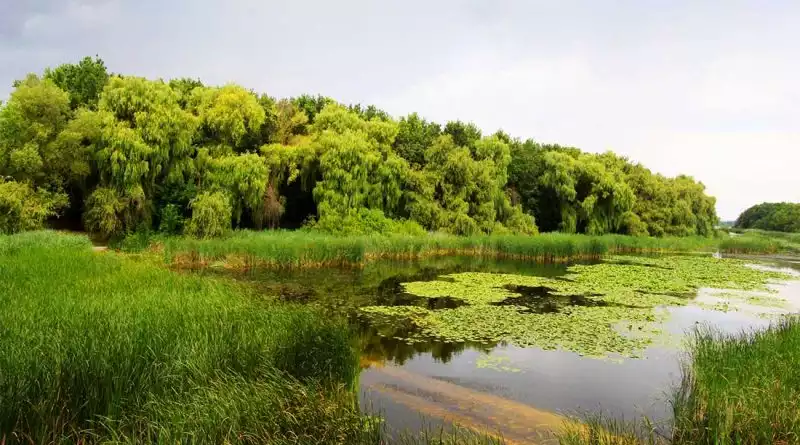One of the most peculiar regions of Hungary is the Small-Balaton, which is to be found in South-Western part of the lake. Until the 18th century, no distinction has been made between the two.
The land being in the delta-area of the Zala river has always been a marshland with its changing levels of water. The bay played an important role for the river to place its drift.
The Small-Balaton is protected on a national level since 1951. The region is registered as an internationally important near-water habitat since 1979 (Ramsar Convention) and is a prominent part of the European Community’s Nature Protection Network and the “Natura” since 2004 and 2000 respectively.
Changes in the region in the 19th century has caused the water levels to drop on this part of the lake. The building of the railroad on the Southern side of the lake Balaton is one of the major factors, having influenced the change. Agricultural initiatives in the 20th century have caused the water levels and therefore the ecosystem to drop further down, due to drainage of the swamps and the building of artificial cannals.
The rejuvenation of the Small-Balaton has been an ongoing project since 1980. The newly built, 28 million cubic meter lake on 1870 hectars is now working as a filter. The Zala river makes a 22 kilometer-long journey in the artificial lake and only gets rerouted to its original riverbed after it.
